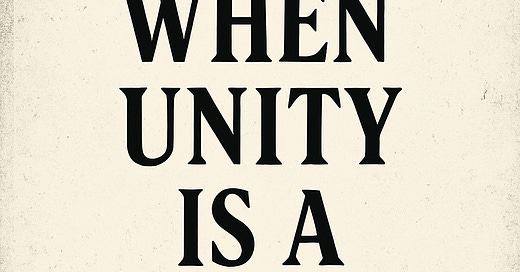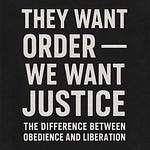Overview:
This episode explores the weaponization of unity—how calls for “peace,” “togetherness,” and “getting along” can become tools of control. We examine how demands for unity often silence dissent, erase pain, and protect the powerful. Real unity doesn’t mean uniformity—it requires truth, repair, and justice.
In This Episode:
The difference between peacekeeping and peacemaking
How unity can be used to silence survivors and marginalized voices
Why systems often demand compliance in the name of harmony
The emotional manipulation behind “Can’t we all just get along?”
What true unity requires: conflict, accountability, and equity
Key Concepts Covered:
Unity as a tool of suppression vs. a vision of healing
“Nice” as a barrier to truth-telling
Moral discomfort as a catalyst for growth
Why false unity reinforces the status quo
Featured Frameworks:
12 Utilities: Systems demanding quiet often violate fairness, transparency, and dignity
PERMAH: Real belonging can’t exist without honesty and repair
Admiration Equation: Integrity and courage build real respect—not performative politeness
Prospect Theory: People fear the “loss” of comfort more than the harm caused by injustice
Memorable Quote:
“When unity requires your silence, it’s not unity—it’s a cage.”
Reflection Prompt:
Where have you been asked to sacrifice your truth for someone else’s comfort? What would unity look like if it centered justice instead of control?












Share this post